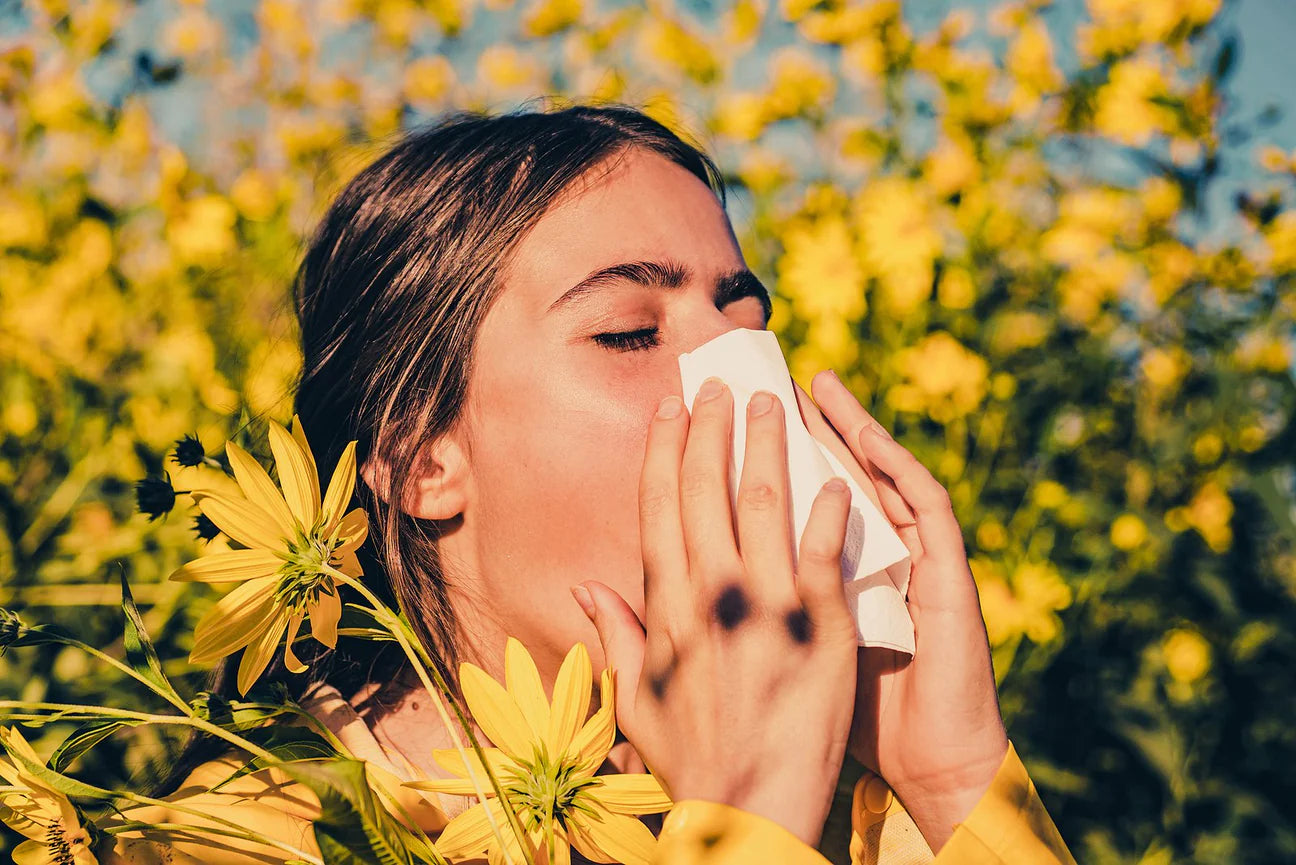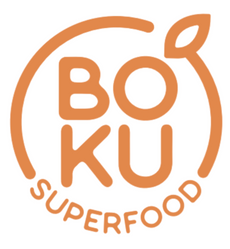
For much of the country, this is the time of year when we are especially in awe of nature. After spending much of the last season indoors (especially in 2020-2021 for obvious reasons), spring-blooming flowers represents our ticket back to sanity, a light at the end of the very long, dark tunnel.
But this time of year is a bane to existence for those who experience springtime symptoms. Pollen particles unleash a flood of histamines, the chemicals that boot allergenic matter out of the body like a bouncer.
Histamines aren’t inherently bad. In fact, these hormone-like substances help stimulate the production of stomach acid to digest food and boost communication between neurons.
But histamines are best known for triggering the inflammation response to get rid of substances that our body doesn’t like, even if it should be a harmless one like pollen.
When there’s an overreaction of the immune system and a flood of histamines is produced, break out the tissues, the eye drops, the headache reliever and head back inside and shut the windows.
Springtime doesn’t have to be a three-month-long house arrest sentence. You can increase your chances of avoiding springtime symptoms by doing the following….
Avoid These 6 Things In Spring
Certain foods and drinks either contribute to a buildup of histamines in the body, or interfere with the ability of the enzyme, DAO (diamine oxidase), to break it down.
Here’s our list of things we’re limiting this time of year:
-
Alcohol - Sorry, wine is included. If you’re vulnerable to springtime symptoms, limit consumption to 1 drink.
-
Dried fruits - Probably best to avoid 365 days a year because of the high amount of sugar.
-
Shellfish - Shrimp, crab, prawns, oysters, mussels and the like can produce high levels of histamine. To limit histamine levels, limit the amount of thawing time; instead defrost in the microwave.
-
Dairy - Conventional dairy contributes to high systemic inflammation in the body. Limit consumption to occasional raw dairy only.
-
Processed Meats - Avoid 365 days a year for optimal wellness. Even “uncured” meats contain histamine-producing nitrites and nitrates from celery powder.
- Artificial Food Coloring - Also avoid at all costs. Besides contributing to higher histamine reaction, synthetic food dyes are associated with hyperactivity disorders.
5 Of the Best Foods For Improving Histamine Tolerance
Berries
Super berries like strawberries and blueberries are loaded with phytonutrients that may help reduce histamine levels or help DAO break histamines down. Blueberries, according to research published in the journal, Molecules, are an excellent source of the polyphenol antioxidant, quercetin, which inhibits histamine release. Many allergy drugs contain quercetin extract.
—> Best Source of Berries: ORGANIC BERRIES POWDER - 10 superberries in one tablespoon. The perfect source of fruit for those eating a low histamine diet.
Mushrooms
Another superfood that’s friendly for low-histamine dieters are edible fungi. Rich in lanostan, a bioactive chemical in the triterpenoid class of compounds, dietary mushrooms possess anti-inflammatory and anti-histamine properties. For springtime relief, they help keep mast cells stable. Mast cells are what release histamine. In addition, many edible mushrooms help remove excess histamine from the blood.
Mushrooms also support gut health, which may help keep the immune response more balanced. And being adaptogenic in nature, edible fungi help the body adapt to environmental stressors such as exposure to pollen.
—> Best Source of Mushrooms: Super ‘Shrooms Powder - an unrivaled blend of 20 (yes, twenty!) edible mushrooms. Add it to your morning coffee or tea.
Broccoli
Broccoli, along with kale, just two of the 55 ingredients in our award-winning organic SUPERFOOD powder, are also excellent sources of quercetin, according to WebMD.com. Again, histamines aren’t bad, but just as people with high blood sugar are intolerant of insulin, many people are histamine-intolerant. Broccoli is thought to be one of the best foods for reducing symptoms associated with histamine intolerance.
—> Easiest Way To Get The Benefits of Broccoli Without Cooking It: SUPERFOOD Powder -
Raw Cacao
A study published in the journal Pharmacological Research suggests the flavonoids in cocoa prevents IgE synthesis. IgE is the antibody involved in allergic responses. The cherry on top: raw cacao is one of the best mood-enhancing superfoods known to humankind.
—> Best Source of Raw Cacao and Edible Mushrooms In One: COCO LOVE - This vegan hot chocolate powder contains 14 mushrooms and raw cacao that’s sourced from fair-trade, women-owned sustainable farms in Peru.
Turmeric
A study published in the journal, Molecular Nutrition & Food Research, demonstrates that curcumin prevents histamine release from mast cells.
—> Best Savory Spice With Turmeric - Organic UMAMI - This superfood seasoning tickles the taste buds and features an all-star line-up of inflammation-lowering spices including garlic, onion, coriander, cayenne pepper, black pepper, sesame seeds and last but certainly not least, turmeric.
Reduce Springtime Symptoms: Conclusion
Raw, unfiltered local honey may also help prevent springtime symptoms. Research shows that low intake of foods with Vitamins A, C and E as well as carotenoids found in brightly-colored veggies can exacerbate symptoms this time of year. You can get all these essential nutrients and then some in just one scoop of Organic Superfood Powder. That's not a guarantee you won't experience any sniffles, sneezes and the like, but consuming loads of phytonutrient-rich superfoods increases your chances of being able to spend more time in the great outdoors.
Besides food choices, there’s other forces at work that dictate how much you’ll be able to enjoy the spring flowers. Is there mold in your home? Are you sensitive to EMF’s? Do you have a lot of stress in your life? Are you managing your stress with meditation, yoga, etc?
Eating a low-histamine diet isn’t the only piece of the puzzle. But it’s a very important one if you want to stop and smell the flowers.





